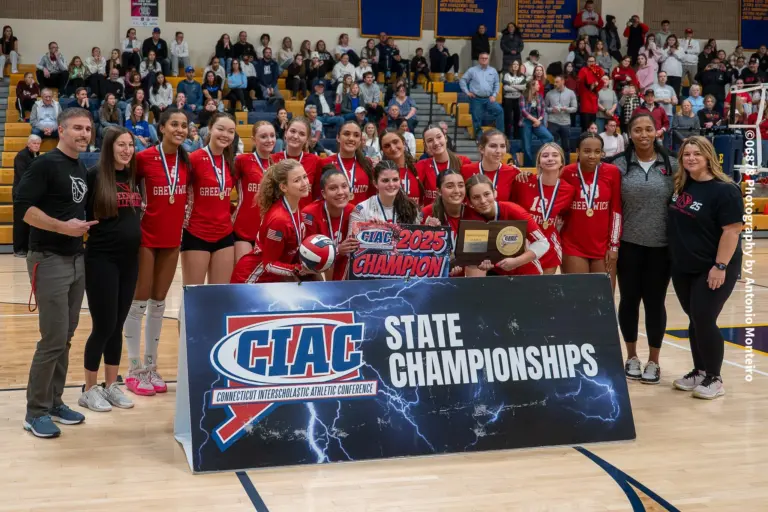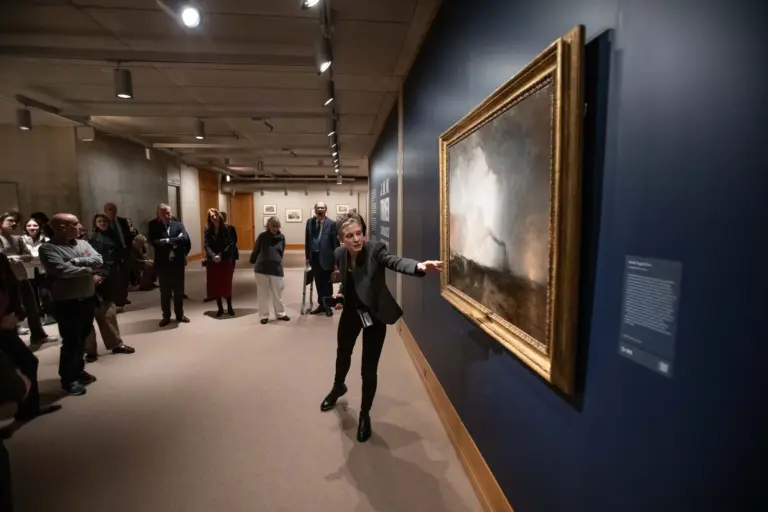By Clay Kaufman
It’s hardly controversial to say that reading can be a great activity. Some people have always enjoyed reading, and we all have friends whose greatest pleasure is curling up with a book. Reading can open up new worlds for children and expose them to new ideas. And reading about what another character is experiencing can be a safe and comforting way for children to process the challenges and stresses in their own lives. Reading also gives children great background knowledge for those who prefer non-fiction, and can feed their passions if they love reading about sports or politics or another topic of interest.
So what happens if we have a child who doesn’t enjoy reading, struggles with reading, or is a reluctant reader? There are many ways to encourage reading.
If you have very young children, reading aloud to them (and eventually with them) is a great way to model the pleasure of reading. No matter how goofy it feels, reading using different voices and bringing energy and passion to the story teaches children to appreciate the reading process. So many of the wonderful books we remember from our childhoods–and more recent books–can be books children return to on their own when they are old enough to read on their own.
As children get older, it sometimes seems hard to help them engage with reading. A great breakthrough has been the availability of graphic novels. Sadly, there was a time when many people suggested that graphic novels weren’t “real reading” or were “cheating.” Fortunately, research has shown that graphic novels are in fact a valuable gateway to reading. At The Cedar School, we serve high school students with language-based learning differences, and we find that graphic novels are a gateway to reading for our students. Research shows that our students benefit tremendously from visuals associated with reading, as it helps them create a picture in their head that relates to what they are reading. That picture aids in reading comprehension, as they are creating a “movie” in their head about what they are reading. All children benefit from visuals, and children with language-based learning differences–like those at Cedar– need it, as many of them do not automatically make a movie in their head. That ability to visualize the characters and setting is often the reason why we are disappointed when the film version of our favorite novel comes out, as the characters may not look like what we envisioned in our head.
Comic books create these visuals to help children get started, and the artwork in graphic novels has become quite extraordinary–and can be appreciated as a work of art in itself. So many classic works are now available in graphic novel form, from Shakespeare to the Diary of Anne Frank and more. In my experience working in schools that serve students with reading challenges, my staff has found that reading the graphic novel first helps the students master the characters, plot and setting, and is great preparation for exploring a novel or play in depth afterwards, discussing the nuances of the plot and character development in sophisticated ways.
Children who have an easier time when hearing a book read, can enjoy books in audio form–whether through commercial outlets or through special services such as Learning Ally, which makes books available to those who are blind or dyslexic. Research shows that to build vocabulary and reading comprehension, it is best to follow along with the printed text while listening to a book being read. But when reading simply for pleasure, children can enjoy a book through an e-reader and appreciate the twists and turns of a good story.
Of course, if a child is struggling due to a learning difference, getting the diagnosis and the right kind of intervention at a young age–or as soon as possible–can make a huge difference in that child’s skills and confidence. Targeted instruction is important, even as children benefit from different ways to read.
A good friend of mine was head of school at several schools for students with language-based learning differences for many years. He is dyslexic himself, and for years preached to his students the importance of enjoying reading through whatever means available. One day he called me up and said “Clay, I’m an idiot. For years I told my students to listen to books, but I realized that I kept trying to plow through books myself in traditional ways. I just converted to listening to books, and I’m having so much fun. What was I thinking all those years?” It can be hard to give up the notion of the “traditional” way of reading, even for someone who knows that alternatives can be life-changing! But we can encourage traditional ways of reading while also making the task less arduous so that children who struggle with reading can learn to love it in less traditional forms. That’s a gateway we can all appreciate!
Clay Kaufman, a longtime educator and school leader, is founder and Head of School at The Cedar School, a high school for students with language-based learning differences, such as dyslexia, here in Greenwich.




